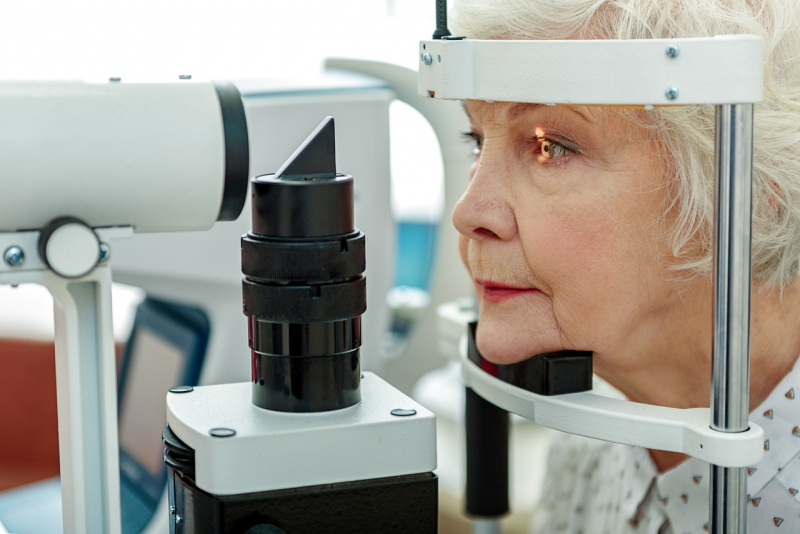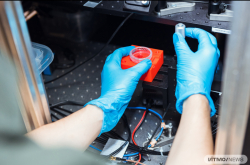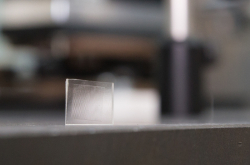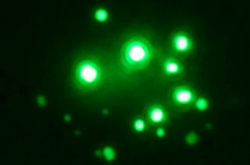The eye is a very important organ. A healthy eye lets us see in the light and in the dark, read fine print and trace fast objects. But if something goes wrong, the eyesight can rapidly degrade or even disappear completely. One of the common problems is the clouding of the eye lens, or cataract.
The first records of cataract can be traced back to the ancient world; it is considered that the earliest image of a patient with cataract was made in ancient Egypt. Attempts at treating cataract had been made as early as in ancient India, but successful treatment methods were proposed only in the modern period.
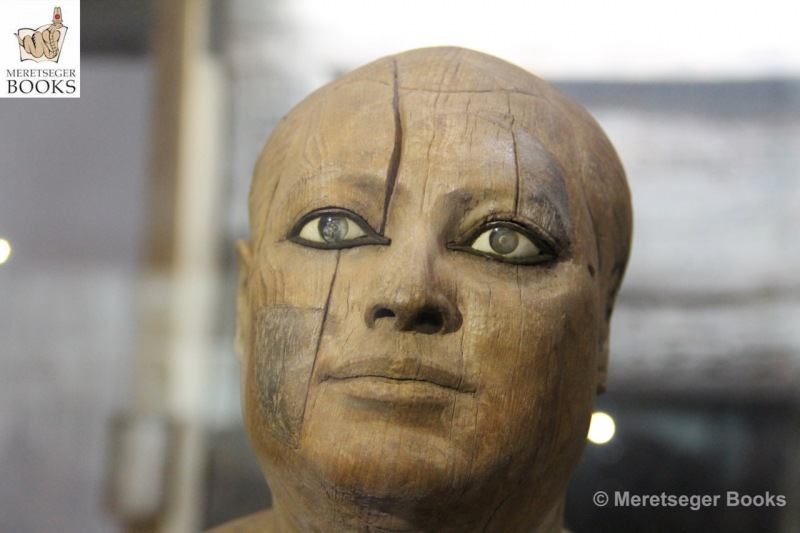
“The disease is treated surgically, which involves removing the clouded eye lens and replacing it with an artificial one made of plastic or sapphire,” comments Andrey Belikov, a professor at ITMO University. “The eye lens is destroyed either with ultrasound or a laser. When using a laser, a special tip is inserted into the anterior chamber of the eye close to the lens, and the laser breaks the lens into tiny fragments that are removed from the eye. An artificial lens is then put in their place. The problem is that this process damages the adjacent tissue, and the regeneration doesn’t always go well.”
Two lasers instead of one
In the recent decades, many researchers placed their focus on reducing the traumatizing effect of cataract surgery. In 1997, scientists from ITMO University and S.N. Fyodorov Eye Microsurgery Complex, as well as several other research institutions, started to experiment with the use of laser radiation for destroying the cataract. At first, they used one powerful laser to destroy the eye lens and a less powerful one to illuminate the surgical field in order to make the operation more comfortable and precise.
With time, surgeons noticed that the less powerful laser can not only illuminate the surgical field but also stimulate regeneration of the damaged tissue. So, they started conducting experiments aimed at finding the optimal interaction method between the destroying and the illuminating lasers.

“We’ve tested different configurations: we used the low-intensive radiation first and then destroyed the lens,” says Prof. Belikov. , “Or destroyed the lens in the beginning, and then used the low-intensity laser to stimulate the regeneration.”
Simultaneous effects
It turned out that using both lasers simultaneously is the optimal method. This idea called for elaborate work of optical engineers: as entering the eye with two instruments at the same time is highly undesirable, for the radiation of both lasers it was necessary to use a common optical fiber.
“Simultaneous use of two lasers is good because we get cells that are damaged but not destroyed,” comments Prof. Belikov. “And it’s very important to stimulate their regeneration at once. This way, the regeneration process takes place in the most favorable conditions.”
Over the course of several years, scientists have been trying out various combinations and power levels. In the end, they decided on using a high-intensity laser with a wavelength of 1.44 µm and a low-intensity endobiostimulator laser with the wavelength of 0.632 μm. What’s more, a computer program balances the operation of these lasers for every specific case. The results of this research have been described in the recently published article.
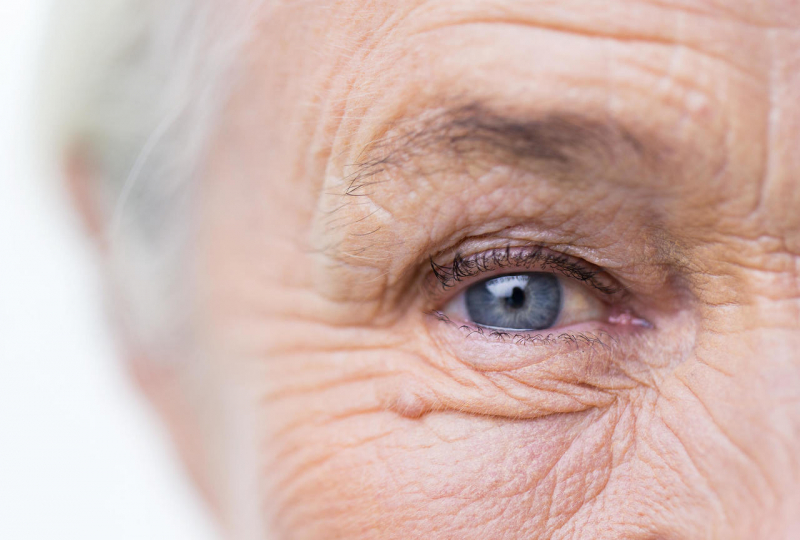
“It’s extremely important to understand how all of this works, substantiate it from the clinical and physical standpoint, give a scientific explanation of the procedure and optimize it. And that is what our publication is about,” explains Prof. Andrey Belikov.
As of now, the method has already been introduced at the clinic of the S.N. Fyodorov Eye Microsurgery Complex, and almost all their cataract surgeries make use of two lasers. It has been clinically proved that in the long-term, the use of this method allows to reduce the loss of corneal endothelial cells by 1.8 times in comparison with ultrasonic phacoemulsification, and there have yet been no reports of macular edema or endothelial-epithelial corneal dystrophy.
Reference: Belikov A.V., Kopayeva V.G., Kopayev S.Y., Smirnov S.N. Experimental and clinical study of simultaneous dual-wavelength laser action in energetic cataract surgery. Optical and Quantum Electronics. 2020. Vol. 52. pp. 174./ 10.1007/s11082-020-02298-5
